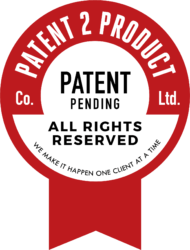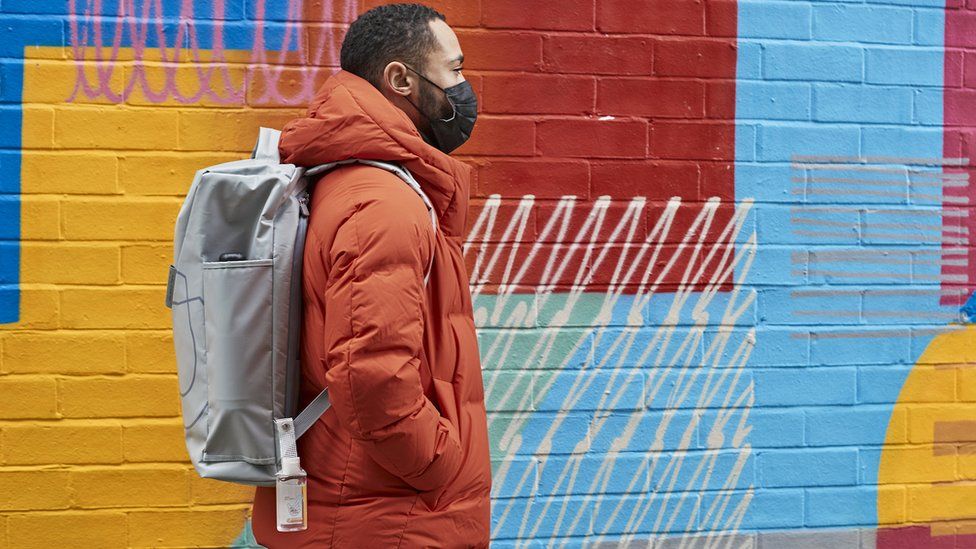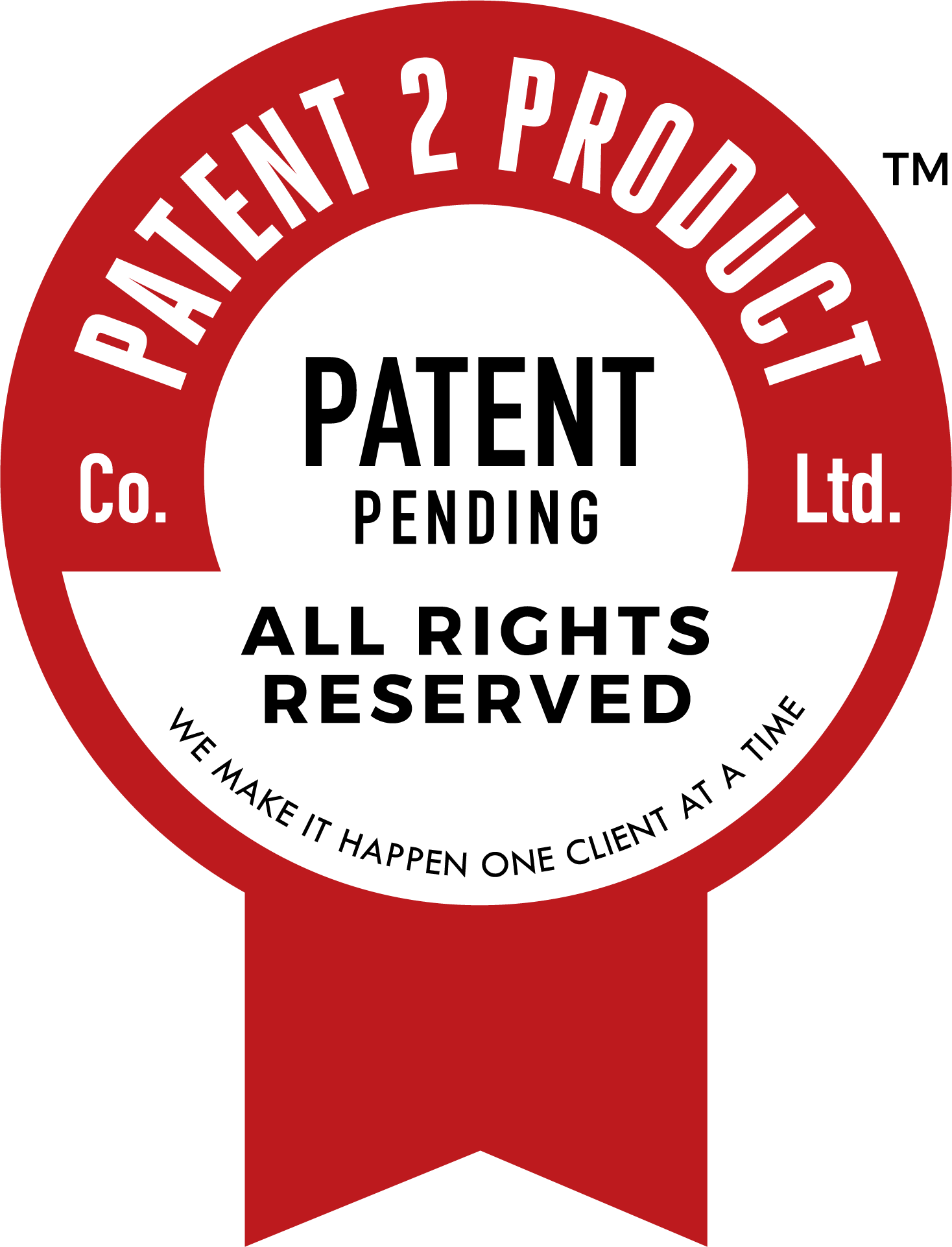When Dr Fransisco Velasco started work on a Covid ward, he found himself commuting to work with his laptop and notes in a bin bag.
His brand new rucksack was made of canvas and could not be sterilised at the end of each day.
The doctor, based in Mexico, decided to contact the British company behind the bag and tell them about the problem. His girlfriend told him not to bother, as they probably wouldn’t care. Undeterred, Dr Velasco wrote a lengthy message.
Sarah Giblin, the owner and designer of RiutBag, responded immediately.
She told him: “I’m the designer, and I am so heartbroken you can’t use your backpack. Please give me half an hour of your time to tell me what you need.”
Dr Velasco spoke of the difficulties of his job, sharing details he had kept from his family, not wishing to worry them.
“He needed a stranger to listen,” says Sarah, who was contending with worries of her own.
Sarah’s bag company is a microbusiness that she runs herself from Manchester. She keeps in touch with a loyal customer base through social media and runs Kickstarter campaigns to fund her new designs.
But when the pandemic struck, with no way to travel for fun or commute to work, people had stopped buying bags and Riutbag was struggling.
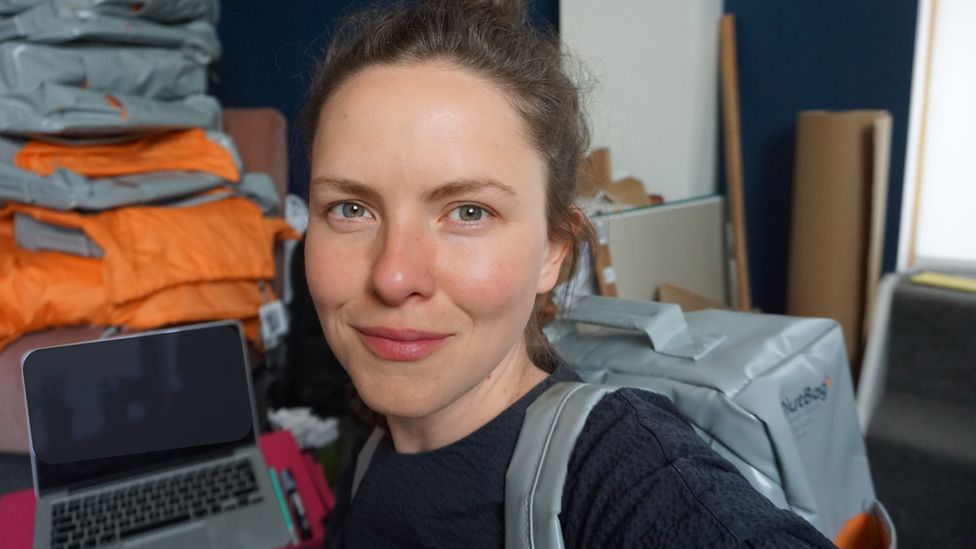
- However, after speaking to Dr Velasco, Sarah hunkered down with her sketchpad to design a rucksack that could be sterilised.
- After researching ambulance bags and speaking to first responders, she chose a material similar to tarpaulin, found on lorries. On the sides of the bag, she added mask and hand sanitiser holders.
- And there it was: RiutBag’s first Covid-era product line.
- Sarah isn’t alone in having found inspiration in adversity.
- Lockdowns have presented unique opportunities and challenges for many product designers and inventors.
More Technology of Business
- Food giants respond to worries over packaging
- ‘It’s your device, you should be able to repair it’
- What will happen to all the dead car batteries?
- Shopping in 10 minutes: The new supermarket battle
- Could electric tattoos be the next step in body art?
Why did these people start businesses in a pandemic?
But like many product designers working during Covid, Sarah has also faced new administrative challenges.
For the last seven years, she has travelled with her designs to the warehouse she works with in south China. Normally she’s there at the end of production to make sure that every bag has the right fit, sturdiness of the zips, and matching seams.
Now, stuck in her Manchester studio, Sarah was unable to give her merchandise the in-person inspection.
“My production manager in China is my eyes and ears when I’m not there and we really trust each other,” says Sarah.
After seven product attempts, or prototypes, the warehouse made the newest version of a RiutBag. Dr Velasco gave feedback on each of the samples. And the laptop backpack was released to the market in April.
“I could have kept designing that bag for the next 10 years, but we called time,” she says.
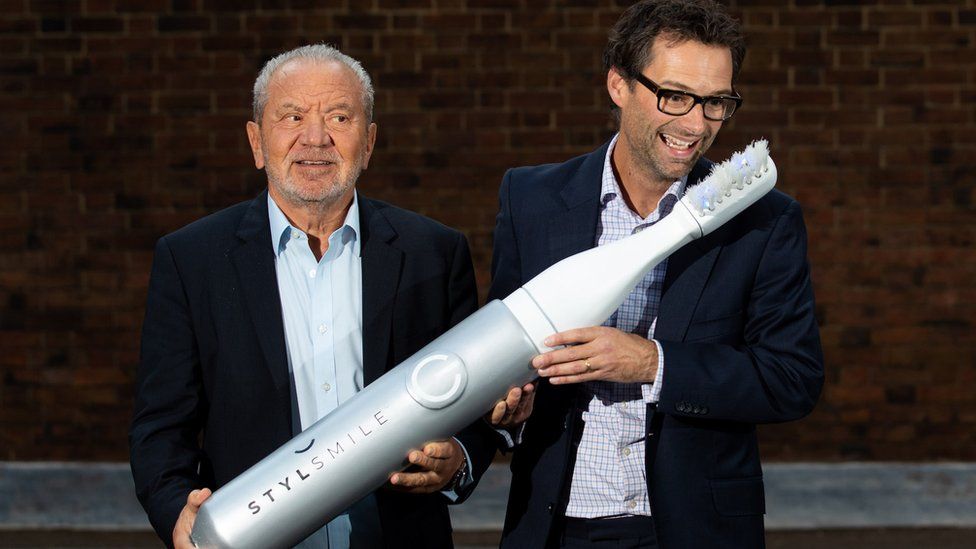
Tom Pellereau won the BBC show The Apprentice in 2011. He agrees with Sarah’s sentiment: the hardest part of inventing is deciding when to stop fiddling and start selling.
“I’m never happy to bring a product to the market until I know it’s fantastic,” he says.
Luckily, Lord Sugar, who is a director at Tom’s company STYLIDEAS, helps push his products to market.
“He’s quite terrifying and also he really knows what he is talking about,” Tom says.
This autumn Tom will release a new product to follow up his make-up brush cleaner. His invention, which took four years to develop, is currently confidential and the details of its release will be announced soon.
At one point, he ordered plumbing parts off the internet and cut them to size to improve a part of one of his cosmetic inventions. He admits that his house has cupboards full of make-up brushes and beauty tools.
The most important piece of advice he offers to inventors is to ask for feedback.
“You really have got to listen to what people think, otherwise you don’t actually know if you’ve got something that people would be interested in buying.”

Another piece of advice from Tom: don’t quit your day job. It can take a product 10 years to come to market and make money. During that time, inventors need to plan on how they will stay afloat financially.
“You need to try to be in the game for as long as you can,” he says.
Tom moved back in with his parents for five years while he developed the curvy nail file that made him famous.
He remembers how fellow engineering grads had taken up jobs with investment banks, bought houses and went on lovely holidays.
“And I was living with my parents and seeing their photos on Facebook.”
One technology that might have hastened Tom’s journey, had it been available when he was starting out and developing product prototypes, is 3D printing.
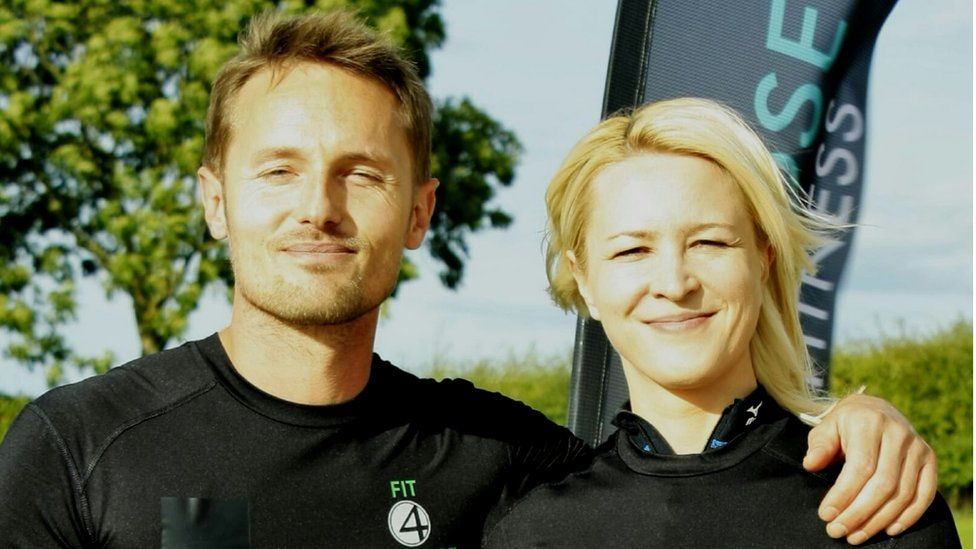
When inspiration struck John Docherty, it cost him just £70 to send his designs to Torus Technology, a company near his home in Shropshire.
The boxing and martial arts teacher had learned from his sensei that if he needed to throw a punch, it was good form to wrap his hand round an object of some sort, rather than use a tightly clenched fist.
Boxing gloves typically feature a bit of foam that performs this purpose. But after 30 years of combat and countless injuries to his hands and wrists, John started to question whether the design might be improved.
Then, when lockdowns hit, he was furloughed.
“I was at home with my partner and my little boy. There was a fun atmosphere that felt creative. And I suddenly had time to focus on this little invention,” he says.

He drew and got printed a grenade-shaped cone of silicone rubber meant to be stuffed into a boxing glove. It maintains the structural integrity of the hand when it lands a punch.
Another local production company called Protolabs agreed to manufacture his Boxing Hand Grenade.
John’s invention has garnered the attention of professional boxers and influencers on social media.
Filippo Di Nardo, considered the Ferrari of boxing glove makers, has agreed an exclusive deal to build John’s “grenades” into his gloves.
“I pinch myself every day and wonder why nobody else has done this,” says John.
